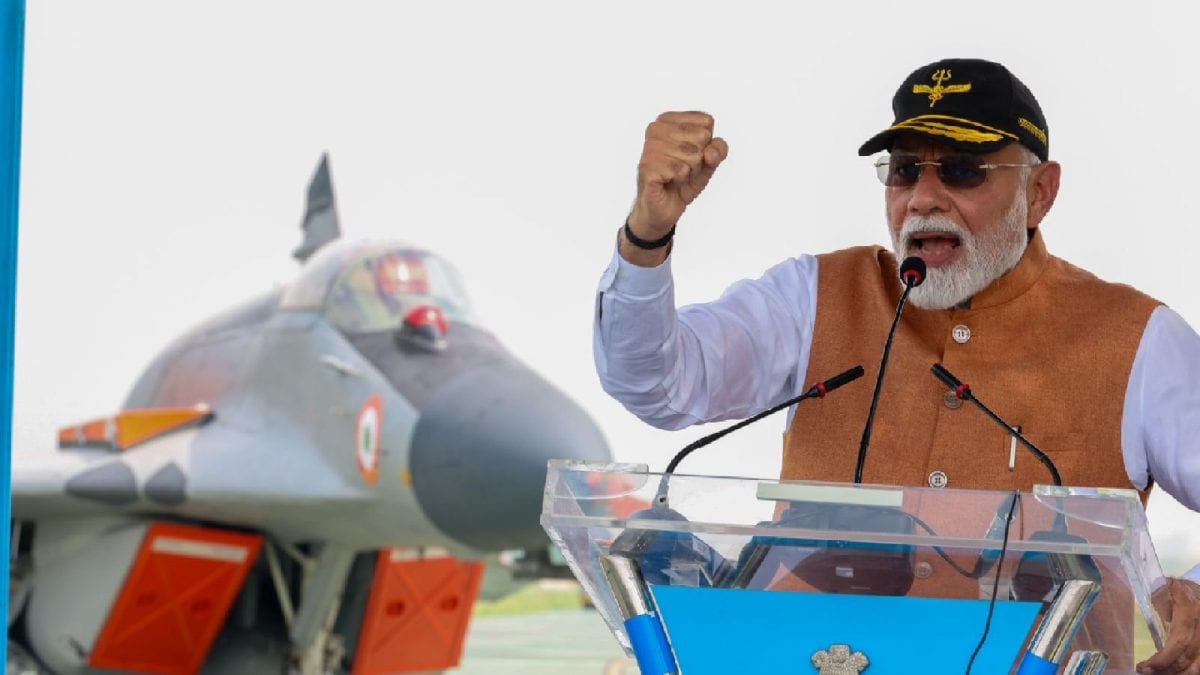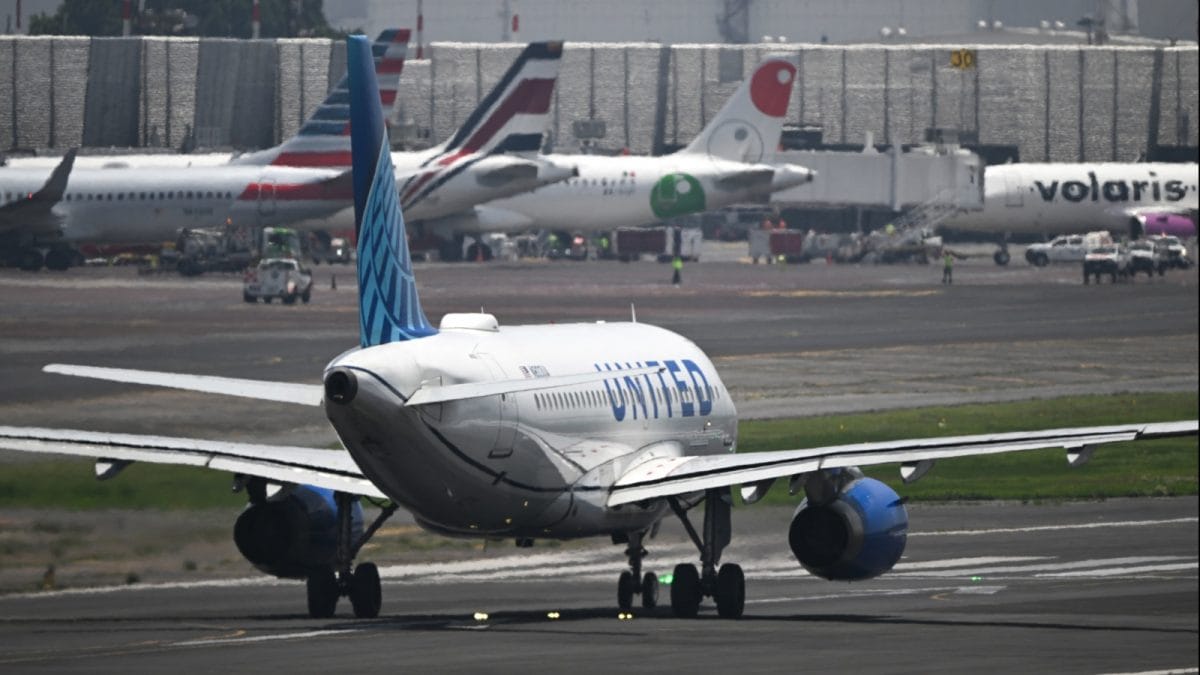ARTICLE AD BOX
Prime Minister Narendra Modi on Friday announced the launch of “Mission Sudarshan Chakra” — understood to be an advanced, multi-tiered air defence system — aimed at enhancing India’s strategic defence by creating a nationwide security shield that would thwart enemy attacks across domains and strengthen the country’s deterrent and offensive capabilities.
In his 79th Independence Day speech from the ramparts of the Red Fort, PM Modi drew an analogy between the initiative and the legendary Shri Krishna’s Sudarshan Chakra, recalling how it was deployed during the Mahabharat to block the sun’s rays and create darkness in the morning, enabling Arjun to fulfil his vow of killing Jayadratha.
“In the next 10 years, by 2035, I want to expand, strengthen and modernise this national security shield,” he said, adding that the country will launch the Sudarshan Chakra mission. “Taking inspiration from Shri Krishna, we have chosen the path of his Sudarshan Chakra,” he said.
The reference came a day ahead of Janmashtami, celebrated across India as the birthday of Shri Krishna.
A statement issued by the government after PM Modi’s speech said the initiative is designed to enable rapid, precise, and powerful defence responses, reinforcing India’s strategic autonomy. It added that all public places will be covered by the expanded nationwide security shield by 2035, ensuring comprehensive protection for the nation and demonstrating India’s commitment to self-reliance in defence.
While the exact contours of Mission Sudarshan Chakra are not yet known, it is learnt to be a comprehensive, multi-layered, networked system aimed at protecting India and its vital installations from a range of enemy attacks across domains. The shield is expected to offer multiple layers of protection by combining surveillance, cybersecurity, and air defence systems to detect and destroy threats — including long-range missiles, aircraft, and unmanned aerial vehicles — along the borders and at critical installations. Defence research organisations and the private sector are expected to collaborate on the project.
PM Modi also made a dramatic call to action, saying that just as India built its own vaccines during COVID and created UPI for digital payments, it should now build its own jet engines for fighter aircraft. He urged the country’s scientists and youth to take up the challenge directly.
Story continues below this ad
In his address, he called upon Indian innovators, young scientists, engineers, professionals, and all government departments to work towards developing fighter jet engines indigenously, so that future defence technology is entirely home-grown and self-reliant. “Should we not have our jet engines for our Made-in-India fighter jets? Just like how we made vaccines during COVID, and UPI for digital payments, we should build our own jet engines too. Our scientists and youth must take it up as a direct challenge,” he said.
India has manufactured the indigenous Light Combat Aircraft (LCA) Tejas, but efforts to make aero engines indigenously have so far not succeeded. The Defence Research and Development Organisation’s Gas Turbine Research Establishment (GTRE) first worked on developing the GTX-37 engine for the LCA. This was followed by the ambitious Kaveri engine project, sanctioned in late 1989.
Nine full prototype engines and four core engines were developed, with 3,217 hours of engine testing carried out, including altitude tests and Flying Test Bed (FTB) trials. However, the engines were not found suitable for fighter aircraft. A major shortfall was recorded in the wet thrust of the engine, which generated only 70.4 kN as against the targeted 81 kN.
At present, India is in discussions with global firms to jointly develop engines that could power its advanced fighter jets in the future. For instance, state-owned Hindustan Aeronautics Limited (HAL) is negotiating with GE Aerospace to jointly produce the F414 engines for the LCA Mk-2 programme. It has already been agreed that the deal, first announced in 2023, would include an 80 per cent transfer of technology from the US-based company.
Story continues below this ad
Apart from GE, India has held talks with other global engine manufacturers such as France’s Safran SA and the UK’s Rolls-Royce for the Advanced Medium Combat Aircraft (AMCA) programme. The final decision on which engine will power the AMCA will be taken later, once the aircraft’s key specifications are finalised. With only a handful of countries having mastered the complex technology and metallurgy required for combat jet engines, most have been reluctant to share it with others.
PM Modi also used his speech to hail Operation Sindoor, saying that strategic autonomy and indigenous capabilities are essential to decisively tackling threats, making self-reliance the bedrock of national strength, dignity, and the journey to a developed India by 2047.
He said India no longer accepts nuclear blackmail or threats on foreign terms, and warned that enemies would get a “befitting reply” in the future. Indigenous capabilities, including Made-in-India weapons, he said, enable the country to act decisively and independently, showing that national security cannot rely on foreign dependence.
The Prime Minister said Operation Sindoor stemmed from the outrage India felt over the Pahalgam terror attack, in which 26 people were killed. He added that the armed forces were given “a free hand to decide on strategy, objective and timing” and that Indian forces went hundreds of kilometres inside enemy territory to destroy their terrorist headquarters — something “which hasn’t been done in many decades.”



.png)
.png)
.png)

























 English (US) ·
English (US) ·